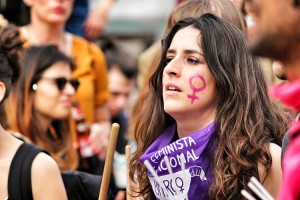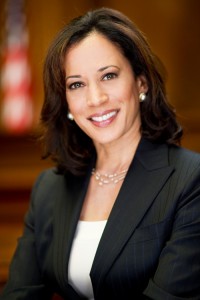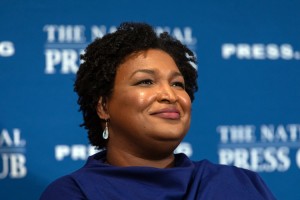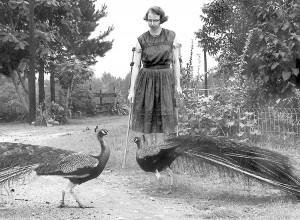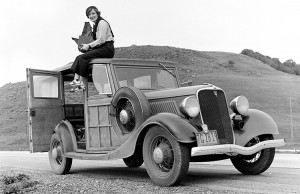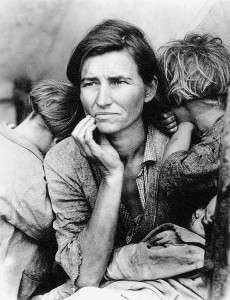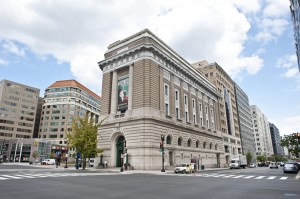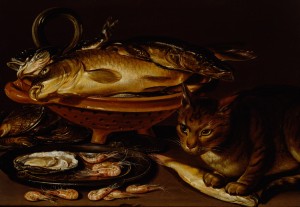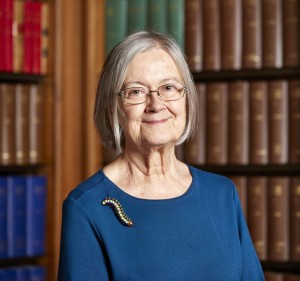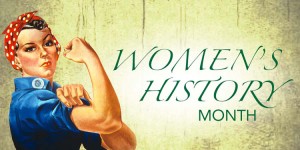Women’s History Month: Kendall Coyne
Thursday, March 25th, 2021March is Women’s History Month, an annual observance of women’s achievements and contributions to society. This month, Behind the Headlines will feature woman pioneers in a variety of areas.
Hockey is not a sport that has traditionally provided many opportunities for women. But one of the fastest players on ice is working to change all that.
Kendall Coyne is one of the greatest women’s hockey players of all time. Coyne is known for her blazing speed. In 2019, she became the first woman ever to compete in the National Hockey League (NHL) All-Star Skills fastest skater challenge. Coyne finished seventh with a time of 14.346 seconds, less than 1 second off the lead time.
Coyne was born in Oak Lawn, Illinois, near Chicago, on May 25, 1992. She grew up in Palos Heights. Her parents enrolled her in figure skating at the age of 3, but she protested that she wanted to play hockey. For much of her youth, she played on boys’ teams. Topping out at 5 feet 2 inches (157 centimeters) in height and 125 pounds (57 kilograms), she was eventually deemed too small to continue to play boys’ hockey. She began competing on women’s teams, but continued to skate practice with men.
Coyne played hockey at Northeastern University, becoming the leading scorer in the history of the school at 249 points. She earned a B.A. degree in 2015 and an M.S. degree in 2017, both from Northeastern.
Coyne has played for the United States in a number of international competitions. She won a gold medal at the Winter Olympics in 2018 and a silver medal in 2014. She won gold medals at the Ice Hockey Federation Women’s World Championships in 2011, 2013, 2015, 2016, 2017, and 2019.
The professional women’s team Boston Pride selected Coyne third overall in the first round of the 2015 National Women’s Hockey League (NWHL) draft. In 2016, she signed with the independent Minnesota Whitecaps. Coyne played for the Whitecaps through the 2018-2019 season, when the team joined the NWHL. Coyne became one of more than 200 top players to sit out the 2019-2020 NWHL season, citing low wages and lack of health insurance. Coyne and others joined to form the Professional Women’s Hockey Players Association to work to improve opportunities for women in hockey.
The NHL Chicago Blackhawks hired Coyne as a player development coach in 2020. She has also worked as a hockey broadcaster. In 2018, she married the American football player Michael Schofield and began going by the name Kendall Coyne Schofield.



